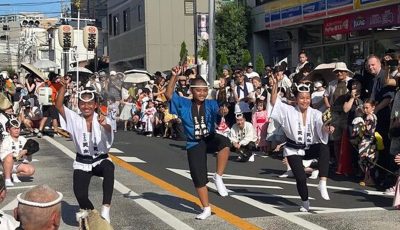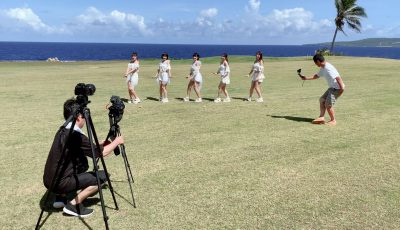Coordinated Universal Lunch Time
Although we’re now in the thick of the month, I’m going to look back at Nov. 2. That’s the date that many clocks in the mainland had to be reset in order to fall from Daylight time back to Standard time. Europe, by the way, or at least some of Europe (I don’t keep track of it) did the same thing in late October. Commonwealth clocks, as you know, aren’t changed by this biannual boogie.
If you’ve ever been asked by someone in the mainland how to jibe their time with Saipan time, you might have needed a few aspirin afterwards. Well, I’m going to dig into the matter today. I’ll first offer some blah-blah-blah about the deal, then I’ll conclude with my method of fielding this question in 10 seconds instead of in 30 minutes.
The CNMI and Guam fall within Chamorro Standard Time. Yes, that’s the designation of our time zone. All year around, Chamorro Standard Time is simply Greenwich Mean Time (GMT) plus 10 hours.
Japan is GMT plus nine hours. Therefore, Saipan is always Japan time plus one hour.
China is GMT plus eight hours. Therefore, Saipan is always China time plus two hours.
Yes, it’s that simple. And it stays simple because none of us are messing with Daylight time.
But, of course, as I noted, other places, including most of the U.S. mainland, are moving targets for their GMT offsets, since they shift between Daylight time and Standard time over the course of the year.
Anyway, shifting or not, the most sensible way to juggle time zones is to put everything in terms of one common baseline, and then move from there. By convention, GMT is the baseline. This is standard practice for pilots, mariners, and military members. It’s not complicated, and it’s probably worth knowing either for its practical aspects or even as a matter of general knowledge. So let’s take a closer look.
First of all, the “G” in “Greenwich Mean Time” refers to Greenwich, England. This is part of the London metropolitan area, and it’s where the Royal Observatory is situated.
This Royal Observatory is a quite the famous landmark. It’s also where the Prime Meridian is, which is to say, the line of zero degrees longitude. Navigators all over the earth measure how far east they are, or how far west they are, by reference to this line. Saipan, for example, is about 146 degrees east of it.
These two Greenwich realms, longitude and time, come together because of this fact: In the 18th century, when the British were a mighty sea power, they sought an accurate sea-going clock to facilitate calculating longitude. Solving the “longitude problem” was a big deal back then. The British succeeded, and their Royal Observatory became the time and longitudinal benchmark for the entire world. Hey, they had to put it somewhere, so why not keep it at home?
You will be relieved to note that GMT does not bounce back and forth between Daylight and Standard times. Can you imagine the chaos such a situation would cause? But here’s some wacky trivia: Since Greenwich itself observes Daylight time, there are spans of the year when clocks in Greenwich are not on GMT.
Because of the way time zones were arranged, some old timers (including my pals and I) call GMT “Zulu” time because Zulu is the phonetic alphabet designation for “Z,” which was the label for that particular time zone.
Modern times have added another semantic twist, which is “UTC” for Coordinated Universal Time. This is based on atomic time, which might be a big deal for scientists, but for the rest of us, “GMT,” “Zulu,” and “UTC” are essentially interchangeable.
As for time zones, I don’t know how the entire world looked at things, but as the U.S. railroads pushed westward, American travel was getting fast enough and going far enough to justify some attention. So in 1883 the U.S. divided itself into several formally-defined time zones.
Since there are 360 degrees in a circle and 24 hours in a day, if you slice the world into 1-hour wide increments you wind up with slices that are 15 degrees wide. This would be the “natural” width of a time zone, but, since time zones are statutory creatures specified by people, not by nature, various laws in various nations slice things up in various ways.
Still, we can test fly the math, and, for us, it works tolerably well. You’ll recall that Saipan is 146 degrees east of Greenwich. If we divide this by 15 degrees, we get about 10. Hey, 10 is the number of hours we’re offset from GMT. Pretty slick, eh? So for a basic sanity check of the rough numbers, we’re clean.
Anyway, boiling things down to the most practical level, when I’m asked how to reckon Saipan’s time, I say that it’s GMT plus 10 hours. If this doesn’t do the trick, I’ll helpfully offer that Saipan is also Tokyo time plus one hour. And if that doesn’t do the trick, I have learned, from long and hard experience, that the situation will be hopeless, so I cut my losses and head out for a hamburger. After all, the most important time is lunch time.



























